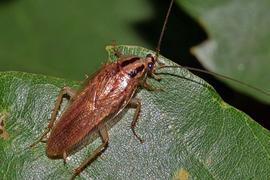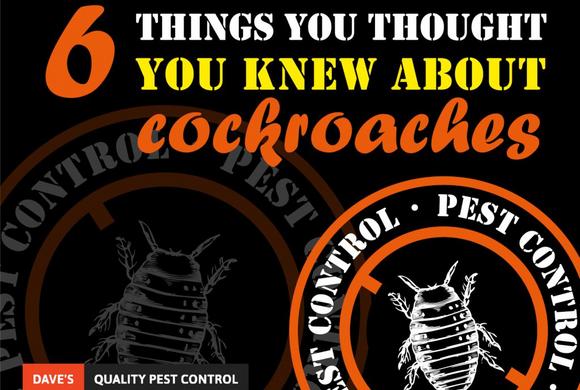Cockroach infestation need not take down your home or place of business. Although you can take preventative measures including dealing with entry points, removing clutter and cleaning up after meals and spills, there comes a point where your home, health and business is at serious risk. Cockroach infestation need not take down your home or place of business. If the cockroach has produced an egg sack, 30 new baby cockroaches could be born. They can infest the kitchen, the elevator and just about everywhere.
Cockroach Control in Peterborough and the Kawarthas
Home remedies don't work for cockroach removal. You need a professional pest control service to get to the heart of the problem. Dave's Quality Pest Control is the most trusted pest removal service in Peterborough and the Kawartha Lakes region.
You might find cockroaches under your fridge, in sinks, on stoves, or in household appliances and draining systems. If you see them, you can even snap a couple of pictures or videos and send them to us. We can get started identifying and assessing and deal with them immediately.




